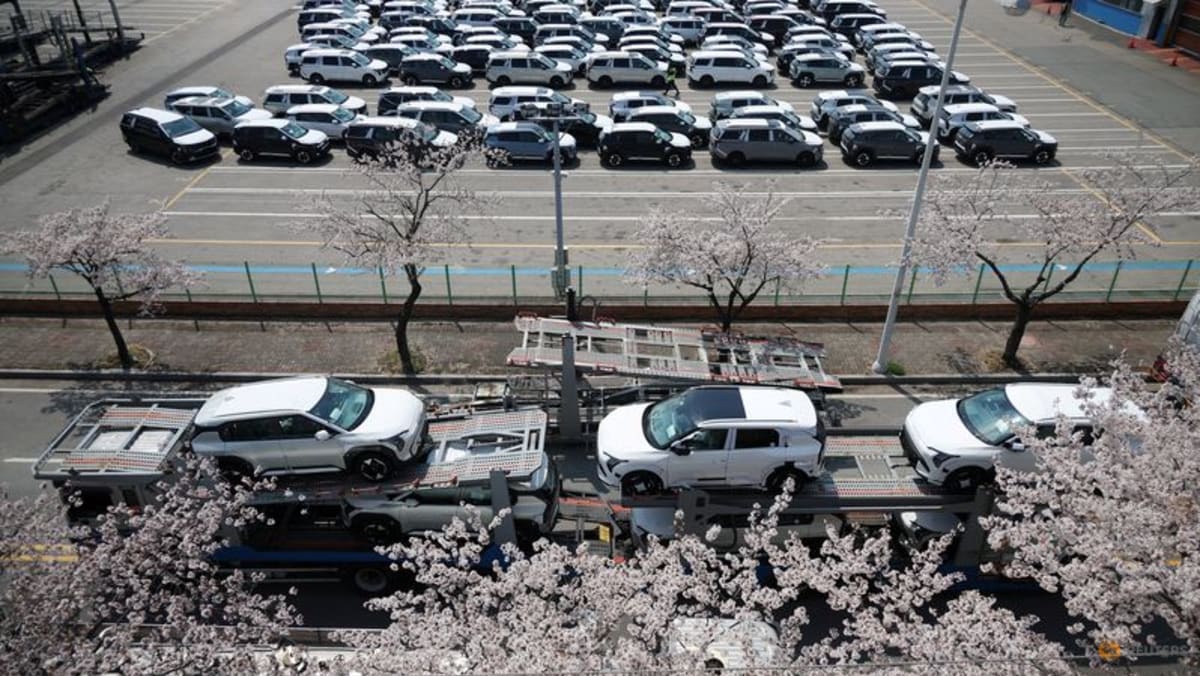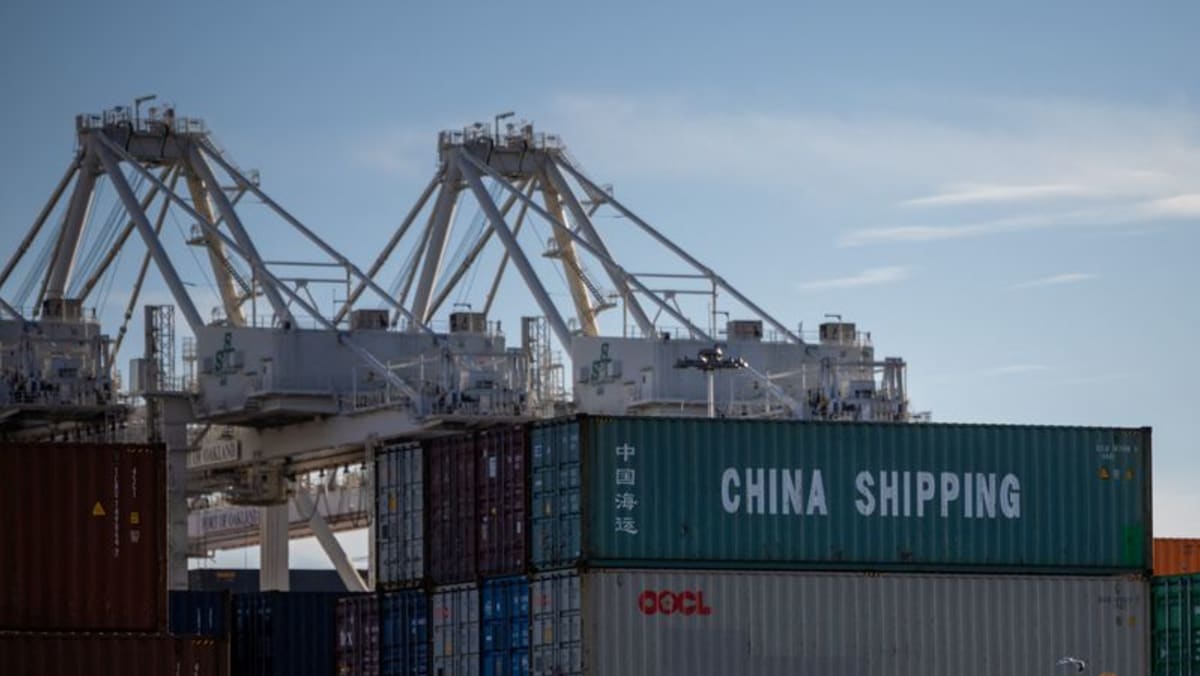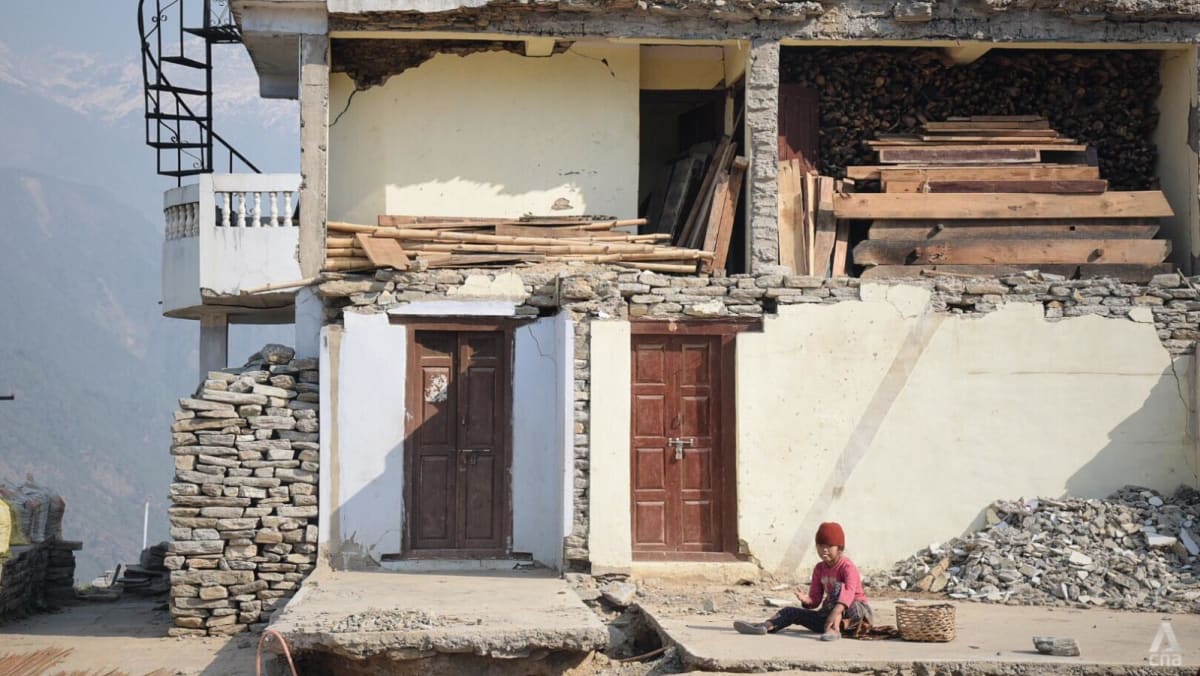Hong Kong turns to China to fill labour gaps in its construction industry

WAR FOR TALENT ACROSS EAST ASIA
Today, more Chinese citizens are interested in moving to Hong Kong, even if it is for a short-term project, recruitment agency Robert Walters China’s general manager Sean Li told CNA.
“The wage is far higher in Hong Kong. And to be honest, the working conditions in Hong Kong would be much better than that in China,” he said.
However, he questioned if the labour transfer is sustainable, given that the Chinese property sector, which is currently in turmoil, may need its workers back in the future.
He added that there may be a language issue, given that the Chinese do not speak Cantonese and English, the two predominant languages spoken in Hong Kong.
Even as Hong Kong courts Chinese workers, the working age population of China – the factory of the world – has been shrinking for a decade now.
The Chinese government predicted the size of this group will further shrink to 700 million by 2050 from 880 million in 2021, a drop larger than the entire population of Bangladesh.
“Digital, innovative, and complex high-skilled talents are still scarce. There is a general shortage of front-line technicians such as fitters, welders, and elderly care workers,” said Chinese Minister of Human Resources and Social Security Wang Xiaoping, during the country’s annual Two Sessions meetings last month.
Other East Asian nations are also facing labour shortage amid tumbling birth rates.
Japan, Asia’s second-largest economy, may face a shortage of more than 11 million workers by 2040, according to a 2023 study. From tapping on foreign workers to mobilising robots, the country is in a desperate rush to plug the gap.
Last year, South Korea beat its own record for having the world’s lowest birth rate, reporting 0.72 births per woman for 2023, down from 0.78 in 2022. The largely homogeneous country has turned to foreign workers as a solution.
Facing a worsening labour crunch, Taiwan has also turned to India for a new supply of foreign workers.
Source: CNA









.jpg?itok=WfyDEwOv)





